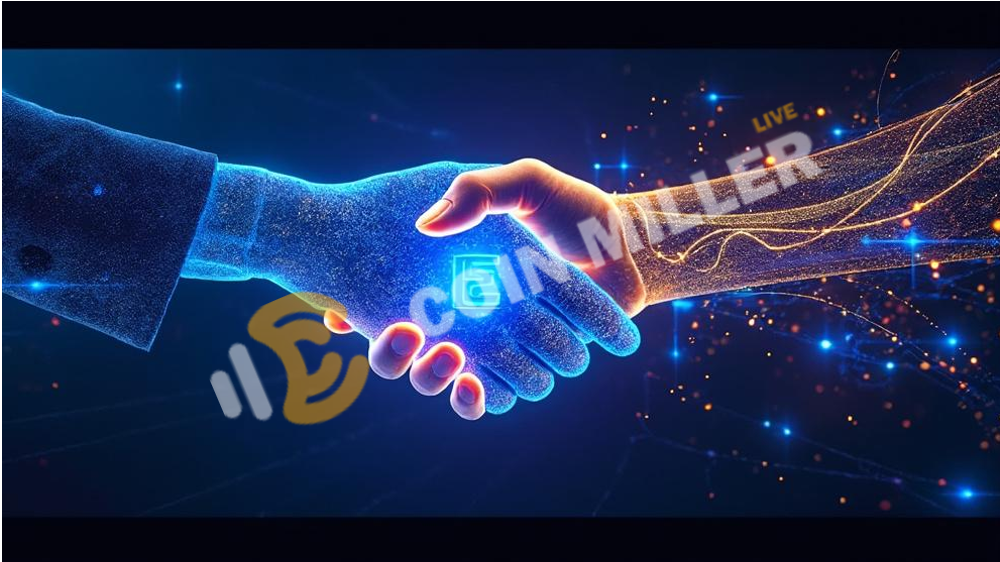What This Acquisition Means for Payments
Lightspark has completed its acquisition of Striga, which I think could really change how payments work across Europe. This move gives Lightspark access to regulated financial infrastructure that they need to push forward with their vision of open payments using Bitcoin technology. It’s one of those deals that makes sense when you look at what each company brings to the table.
Lightspark has been focused on making money movement as simple as sending a text message. They build the technical tools that help financial technology companies, digital wallets, and even traditional banks use Bitcoin’s Lightning Network for fast, low-cost payments. Their technology handles all the complicated backend work so companies don’t have to worry about running nodes, managing liquidity, or figuring out payment routing.
Bringing Regulation and Technology Together
Striga operates as a European infrastructure provider that helps fintech and crypto services work within regulatory frameworks. They offer APIs for card issuing, virtual IBAN accounts, converting between traditional money and cryptocurrency, and making sure everything complies with European regulations. They also hold a VASP license that covers more than 30 countries across Europe.
The combination here is pretty straightforward – Lightspark gets the technical expertise in Bitcoin payments, while Striga brings the regulatory compliance and banking relationships needed to operate legally in Europe. It’s like having the engine and the legal paperwork all in one package.
Practical Benefits and Challenges
For Lightspark, this acquisition means they can now work with Striga’s existing licenses and regulatory systems rather than starting from scratch. They can push for additional licenses like e-money and MiCA approvals, which would let them operate more broadly across European markets. The integration gives them a complete payments stack – everything from card issuing to virtual accounts to bank connections.
But there are definitely challenges ahead. Getting those European licenses is never quick or simple – there’s always paperwork and waiting involved. Merging two different technology systems always brings integration headaches, and they’ll need to maintain service quality while making these changes. Plus, they’re not the only company trying to build compliant financial rails in Europe, so they’ll need to prove their approach is better than the competition.
Looking at the Bigger Picture
This acquisition shows that companies are starting to take regulated, open payment systems seriously. Lightspark has been arguing that closed, proprietary financial systems limit how money can move freely. By combining Bitcoin’s global settlement capabilities with proper regulatory infrastructure, they’re trying to create a system where people and businesses can make cross-border payments instantly while staying within legal boundaries.
In Europe specifically, where regulations are particularly strict, this model could become something other companies try to copy if it works well. The regulatory environment there means you can’t just ignore the rules and hope nobody notices – you need proper licenses and compliance systems from day one.
Striga will continue operating under Lightspark’s ownership, and the two companies will work together to build out a complete payments experience that supports both traditional money and cryptocurrency. They’ll use Striga’s existing relationships with banks and card networks while integrating Lightspark’s protocol work with Striga’s regulated systems.
It’s an interesting approach to solving the compliance problem in crypto payments. Rather than trying to work around regulations, they’re building directly within them. Whether this becomes the standard approach for other companies remains to be seen, but it’s certainly a practical way to operate in regulated markets like Europe.







